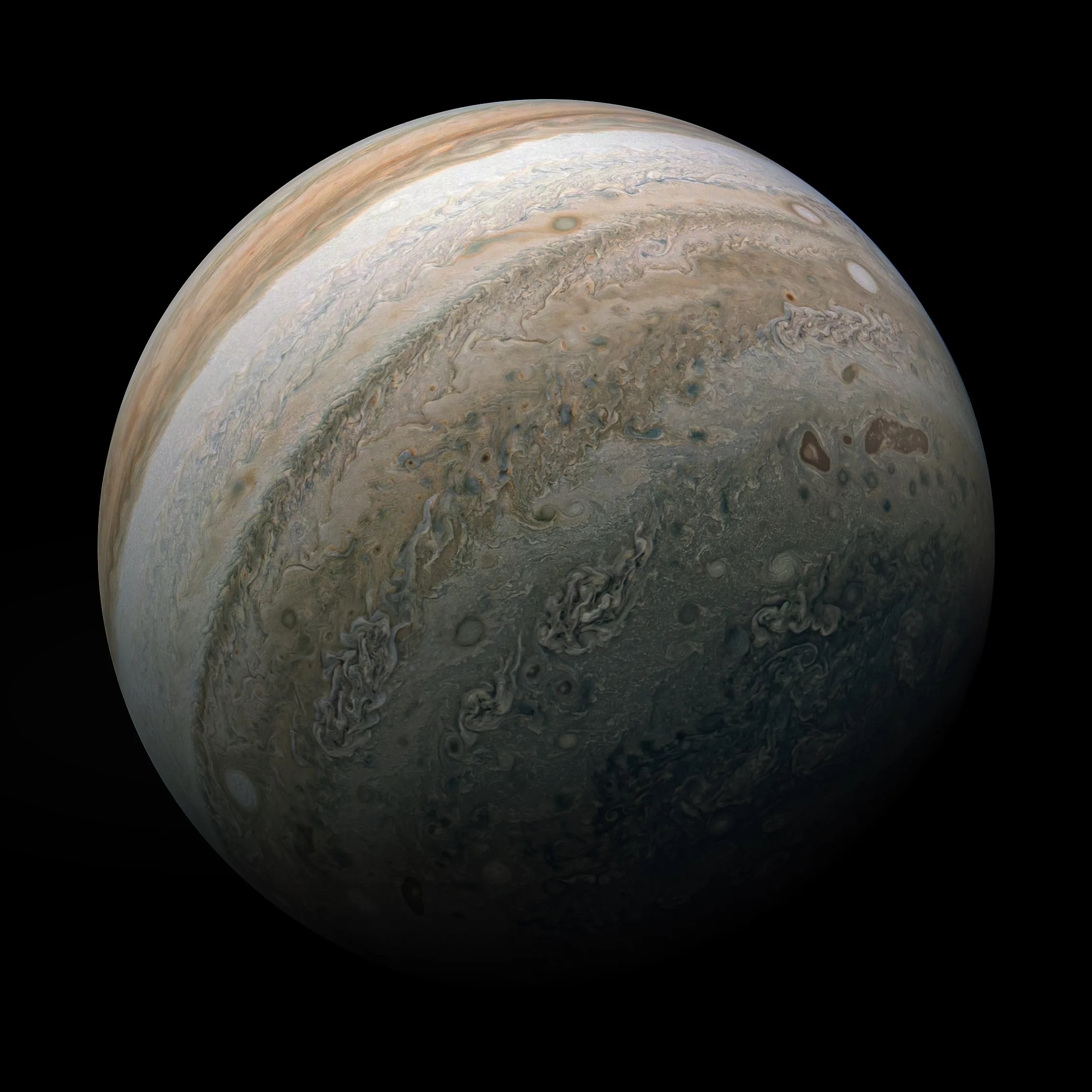Welcome to Facts Vibes! Today, we’re diving into the fascinating world of motion. From the laws of physics to mind-boggling examples, buckle up for an exhilarating ride as we uncover captivating facts on motion. Let’s explore the dynamic forces that shape our universe.
The Fascinating World of Motion: Unveiling the Science Behind Movement
The Fascinating World of Motion: Unveiling the Science Behind Movement
Motion is a fundamental aspect of our world, influencing everything from the way we move ourselves to the way objects interact with each other. Understanding the science behind motion not only provides insight into the mechanisms that govern our physical world but also opens doors to technological innovations and advancements in various fields.
Motion is a complex concept that encompasses a wide range of phenomena, from the celestial movements of planets and stars to the intricate dynamics of biological systems. At its core, the study of motion delves into the fundamental principles that dictate how objects behave and interact in space and time.
One of the key principles that underlie the science of motion is Newton’s laws of motion, which describe the relationship between the forces acting on an object and its resulting movement. These laws provide a framework for understanding and predicting the behavior of objects in response to external influences, laying the groundwork for the development of technologies such as transportation systems, robotics, and aerospace engineering.
In the context of technology, the science of motion plays a crucial role in the design and operation of mechanisms that facilitate movement, such as engines, turbines, and propulsion systems. By applying scientific principles to optimize the efficiency and performance of these systems, engineers can create innovative solutions that drive progress in various industries.
Moreover, the study of motion also holds profound implications for fields such as sports science, biomechanics, and healthcare. By gaining insights into the kinematics and dynamics of human movement, researchers and practitioners can develop strategies to enhance athletic performance, prevent injuries, and improve the quality of life for individuals with mobility impairments.
Overall, the exploration of the science behind motion unveils a rich tapestry of phenomena and principles that shape our understanding of the physical world and drive advancements in diverse areas of human endeavor. By delving into the intricacies of movement, we can unlock new possibilities for innovation, discovery, and improvement, enriching our lives and expanding the frontiers of knowledge.
Most popular facts
An object in motion will remain in motion unless acted upon by an external force.
In the context of Information and facts, an object in motion will remain in motion unless acted upon by an external force.
The rate of change of an object’s position over time is its velocity.
The rate of change of an object’s position over time is its velocity.
Acceleration is the rate of change of velocity over time.
Acceleration is the rate of change of velocity over time.
Newton’s first law states that an object at rest will stay at rest, and an object in motion will stay in motion with the same speed and in the same direction unless acted upon by an unbalanced force.
Newton’s first law states that an object at rest will stay at rest, and an object in motion will stay in motion with the same speed and in the same direction unless acted upon by an unbalanced force.
Newton’s second law relates the force acting on an object to its mass and acceleration through the equation F = ma.
Newton’s second law relates the force acting on an object to its mass and acceleration through the equation F = ma.
Newton’s third law states that for every action, there is an equal and opposite reaction.
In Newton’s third law, every action has an equal and opposite reaction.
Distance is a scalar quantity that refers to the total path traveled by an object.
Distance is a scalar quantity that refers to the total path traveled by an object.
Displacement is a vector quantity that refers to the straight-line distance and direction from the initial point to the final point of an object’s motion.
Displacement is a vector quantity that refers to the straight-line distance and direction from the initial point to the final point of an object’s motion.
Speed is the magnitude of the velocity of an object.
Speed is the magnitude of the velocity of an object.
Velocity is a vector quantity that describes the rate of change of displacement over time.
Velocity is a vector quantity that describes the rate of change of displacement over time.
The area under a velocity-time graph represents the displacement of an object.
True.
A force is a push or pull that can cause an object to change its velocity.
A force is a push or pull that can cause an object to change its velocity.
Inertia is the tendency of an object to resist changes in its state of motion.
Inertia is the tendency of an object to resist changes in its state of motion.
The momentum of an object is the product of its mass and velocity, and it is conserved in a closed system.
The momentum of an object is the product of its mass and velocity, and it is conserved in a closed system.
Projectile motion describes the curved path that an object follows when thrown near the surface of the Earth.
Projectile motion describes the curved path that an object follows when thrown near the surface of the Earth.
In conclusion, the facts on motion provide valuable insight into how objects move and interact in the world around us. Understanding the principles of motion is crucial in various fields and applications, from physics to engineering and beyond. By exploring the facts on motion, we gain a deeper appreciation for the fundamental forces that shape our universe, enabling us to innovate and improve our understanding of the theme.
